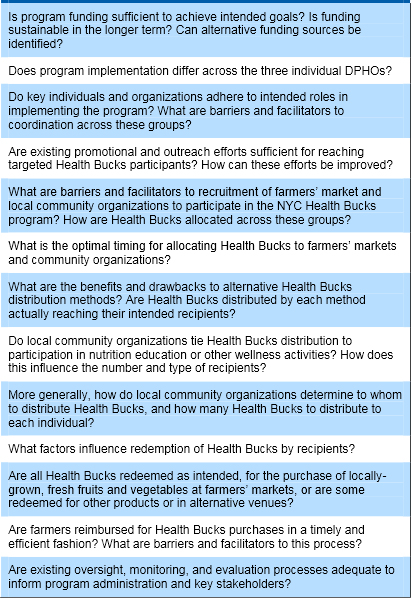

Workers gain a better understanding of what they are doing well and where they can improve, and they can ask questions or provide feedback to their managers. Regardless of how frequently or in what manner your company conducts performance reviews, these meetings should benefit employees and managers alike. Some organizations have fully eliminated the formal performance review process, replacing it with regular, casual one-on-one check-ins with management.

While performance evaluations have traditionally been annual reviews, more companies are moving toward quarterly, monthly or even weekly feedback. They may also fill out a self-evaluation as part of the performance review process. In an employee performance review, managers evaluate that individual’s overall performance, identify their strengths and weaknesses, offer feedback, and help them set goals.Įmployees typically have the opportunity to ask questions and share feedback with their manager as well. What is an employee performance review?Īn employee performance review, also known as a performance evaluation or performance appraisal, is a formal assessment of an employee’s work in a given time period. Even a company with 100 employees needs a full-time individual who compiles performance data from managers, who should spend an average of three hours on each employee review. For a company with 1,000 employees to conduct accurate and helpful performance reviews, a full-time HR staff of 14 is ideal. Managers often don’t receive enough guidance on what an effective and comprehensive review looks like.Ĭompounding the problem, small businesses frequently struggle with limited resources. They can empower your employees to reach new heights – or they could drive them away from your company.Ī great review helps your employees identify growth opportunities and potential areas of improvement without damaging employee-manager relations, but writing a strong review isn’t easy. Employee performance reviews are important for every business, but their effectiveness depends on how they are conducted.


 0 kommentar(er)
0 kommentar(er)
